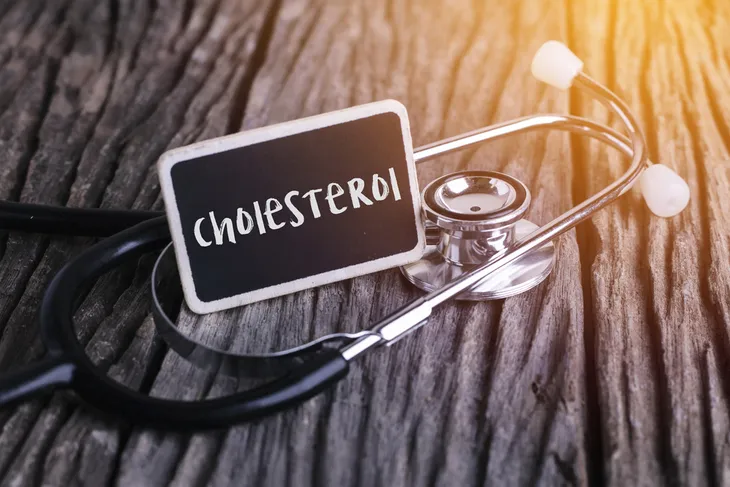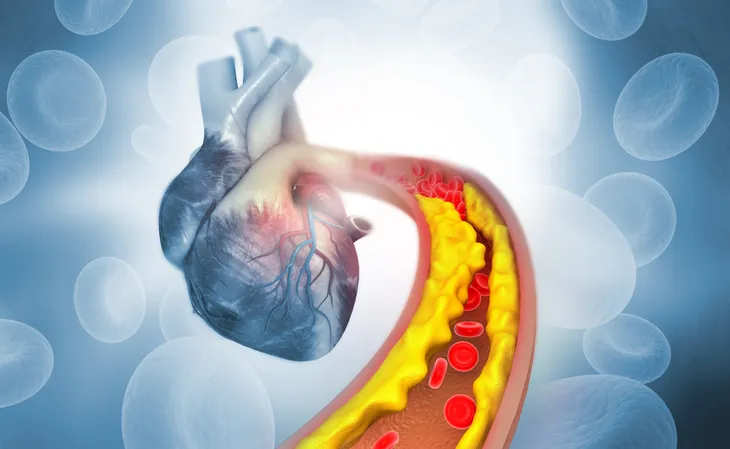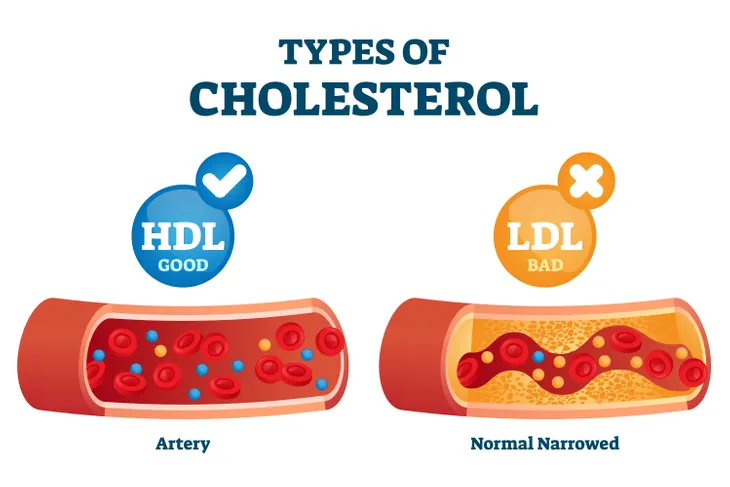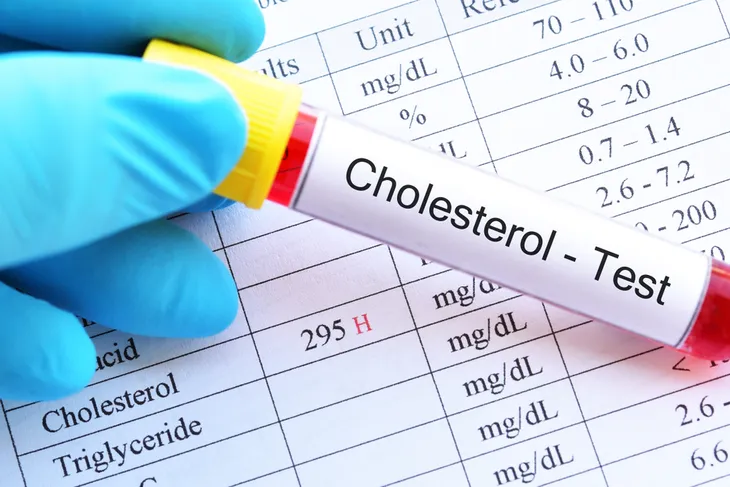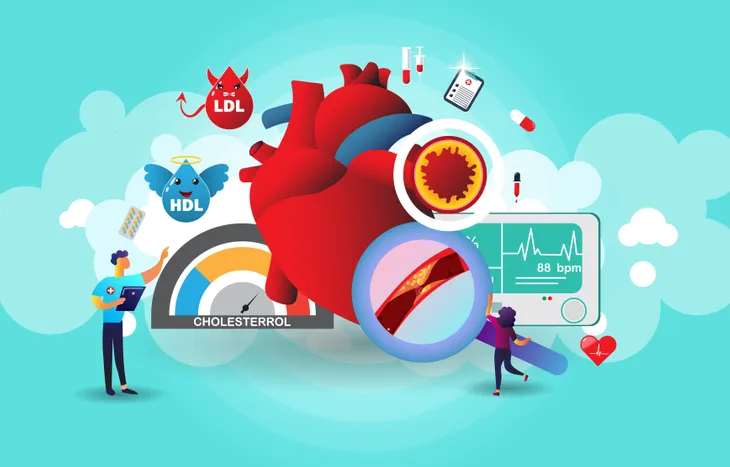There are a lot of things to keep track of when it comes to your health, one of which is your cholesterol levels. This information tells us how well the blood is circulating in our bodies, and poor results can be an indicator that something with your health is not quite right. While nearly 40-percent of American adults have high cholesterol, did you know that cholesterol can also be too low? That’s because there are different types of cholesterol that doctors are looking at.
What Is Cholesterol?
So, what is the purpose of cholesterol and how does it impact our health? Cholesterol is a waxy substance the body produces to build cells, make vitamins, and other necessary hormones.
The American Heart Association says you get cholesterol from two sources, the liver, and food that comes from animals. We need cholesterol to help blood circulate properly and lower the chance of developing cardiovascular diseases.
Types of Cholesterol
Cleveland Clinic explains how two types of cholesterol move throughout the body carried by lipoproteins. The first is low-density lipoprotein (LDL), also known as “bad” cholesterol. This is when cholesterol builds up on the walls of your arteries and makes them narrower which can lead to blockages.
The second type is high-density lipoprotein (HDL), commonly referred to as “good” cholesterol. This carries other types of cholesterol away from the arteries. You want healthy HDL levels because it can reduce the overall risk of developing heart disease.
Measuring Cholesterol Levels
There are certain numbers your cholesterol levels should be hitting to be considered healthy. Tests measure both LDL and HDL cholesterol, each with differing levels that are best for your health.
Cholesterol is measured in milligrams of cholesterol per deciliter (dL) of blood. Next, we’ll take a look at what your cholesterol levels should be at every age.
Ideal Cholesterol Levels by Age
Medicine Plus says the following cholesterol numbers are desirable based on your age and whether you’re male or female.
Anyone age 19 or younger:
- LDL: less than 100-mg/dL
- HDL: more than 45-mg/dL
Men age 20 or older:
- LDL: less than 100-mg/dL
- HDL: 40-mg/dL or higher
Women age 20 or older:
- LDL: less than 100-mg/dL
- HDL: 50-mg/dL or higher
Low HDL Levels
If your HDL levels come back low, then it’s important to do what you can to increase that number. Medical News Today says that having high HDL levels help carry cholesterol from the arteries to the liver. From there, the body will either use it or excrete it.
High HDL levels also have known antioxidant and anti-inflammatory effects. In turn, you could lower your risk of developing heart disease. Luckily, there are plenty of easy lifestyle habits you can start doing to increase your HDL levels.
Get Regular Exercise
The key to a healthy lifestyle is to get your body moving — and this is especially true for your cholesterol. Getting regular exercise has been proven to help increase HDL cholesterol levels. One study shows that obese men who began doing aerobic interval or resistance training just 3-days a week had significant improvement in their HDL levels.
According to Everyday Health, the best exercise for good cholesterol is to strike a balance between aerobic exercises, such as running or biking, along with weight training exercises throughout the week. Even just making sure to go on one walk every day can have positive health benefits.
Maintain a Healthy Weight
Another factor that can play a role in your cholesterol health is body weight. People who are overweight have a higher risk of having high LDL levels. On the other hand, losing or maintaining a healthy weight can help to raise your HDL levels.
The good news is that maintaining a healthy weight is possible by getting regular exercise, limiting sweets, and eating healthy foods. Just make sure to speak with your doctor before making any sudden changes to ensure it’s best for your overall health.
Quit Smoking
One of the most detrimental things that can impact your health is smoking cigarettes. Medical News Today says that when it comes to cholesterol, smoking can suppress HDL levels. It also has a negative impact on the overall function of HDL.
It’s safe to say that quitting smoking is crucial. There are studies showing that kicking this habit can increase HDL levels, improve HDL function, and even protect heart health.
Be Mindful of What You Eat
Another easy way to improve HDL levels is by monitoring your diet. Healthline says you want to stay away from saturated and trans fats. This means limiting fried, fast, and greasy foods in your everyday diet. Here are some examples of food and drinks that may help increase HDL levels:
- Olive oil
- Beans and legumes
- Chia seeds
- Avocado
- Soy-based products
- High-fiber fruit
- Fish, such as salmon or mackerel
- Whole grains
- Nuts
Drink a Glass of Wine
If you’re debating on having a glass of wine tonight, then perhaps this will convince you to go for it. Everyday Health reports that red wine can be beneficial in raising good cholesterol levels by as much as 5 to 15-percent.
Make sure to consume the wine in moderation. It’s recommended that women stick to one 5-ounce glass per day. Men can have two 5-ounce glasses. If you’d rather not drink alcohol, grape juice can provide similar effects.
How Cholesterol Is Tested
Not sure what to expect when you get your cholesterol tested? Well, all it takes is a simple blood test. Health care professionals simply take a blood sample from a vein in your arm with a needle. You may be asked not to eat or drink for 9 to 12-hours prior to the blood test.
Once your results come in, the doctor will see whether you’re at a healthy level. You may need to boost your HDL levels or perhaps lower your LDL levels. Whatever the results are, you can discuss with your doctor to find out how you can achieve optimal cholesterol levels.
Talk to Your Doctor About Cholesterol Health
Keeping track of your cholesterol levels is important for adults, especially since there are not really any symptoms related to low HDL cholesterol levels. Verywell Health says the most frequent signs are premature coronary artery disease, heart attack, or stroke. Peripheral polyneuropathy is another possibility.
The best way to stay on top of your cholesterol health is by getting routine blood work done each year. Based on the results, your doctor will recommend a course of action to get your levels back into the normal range and prevent unwanted complications.

